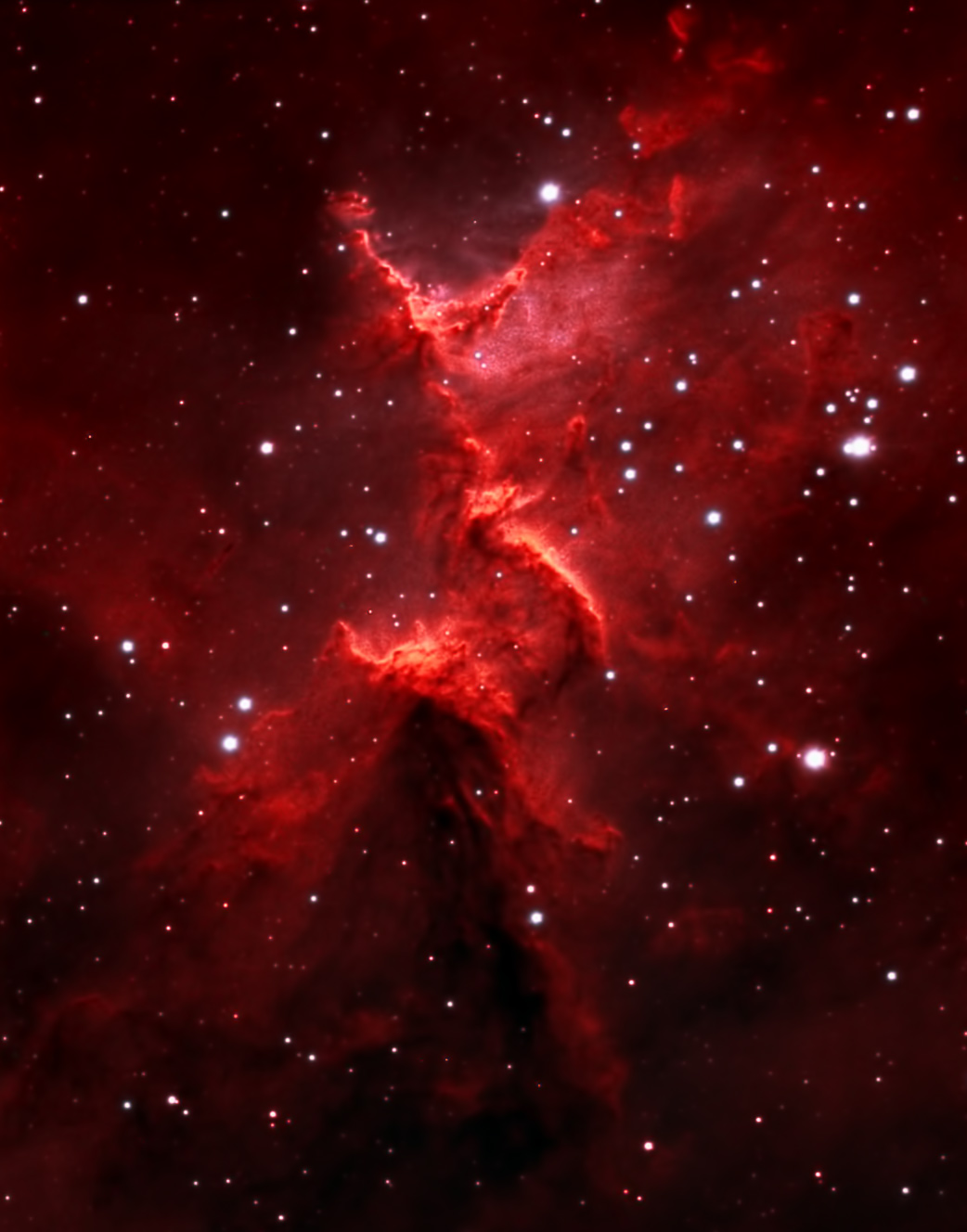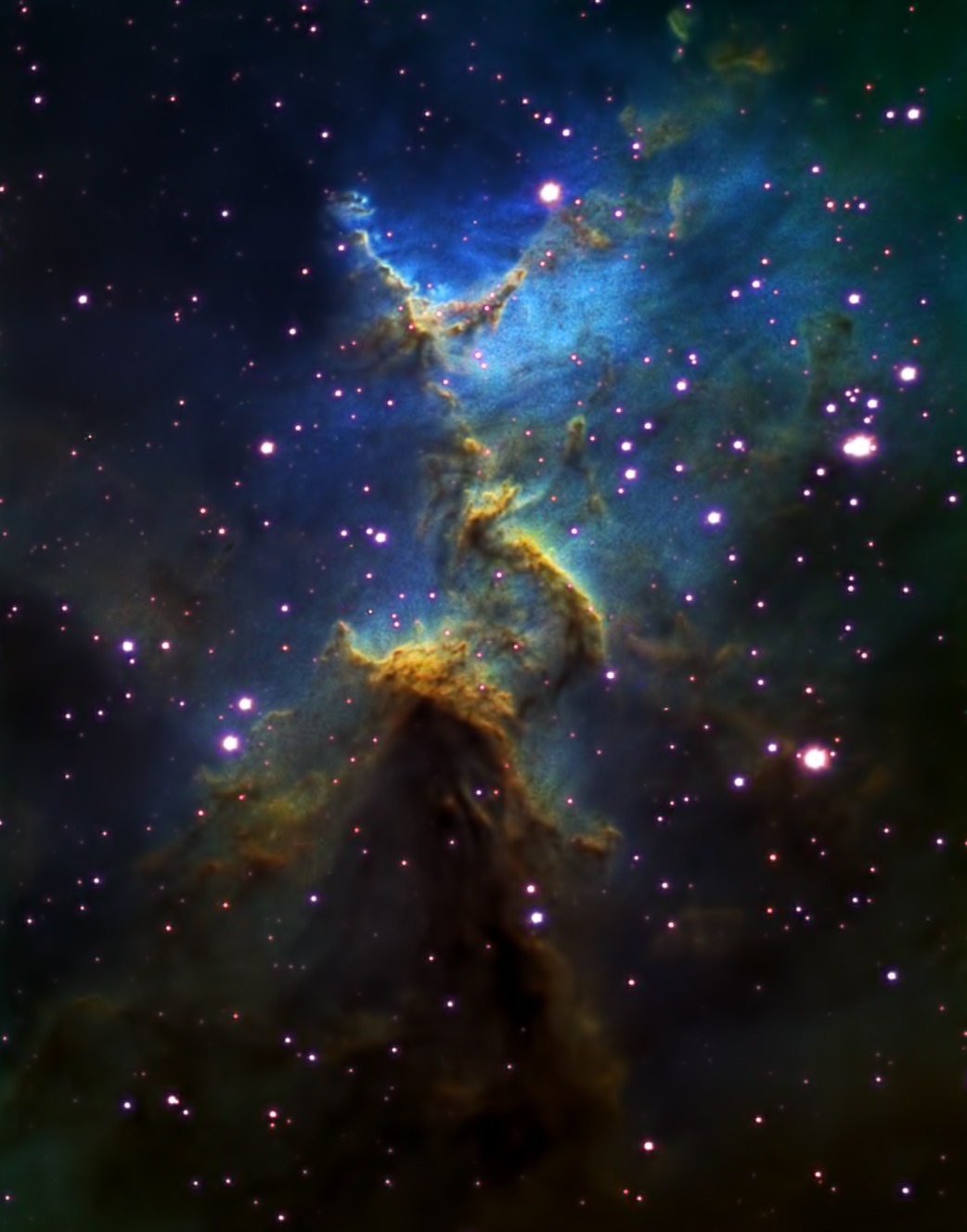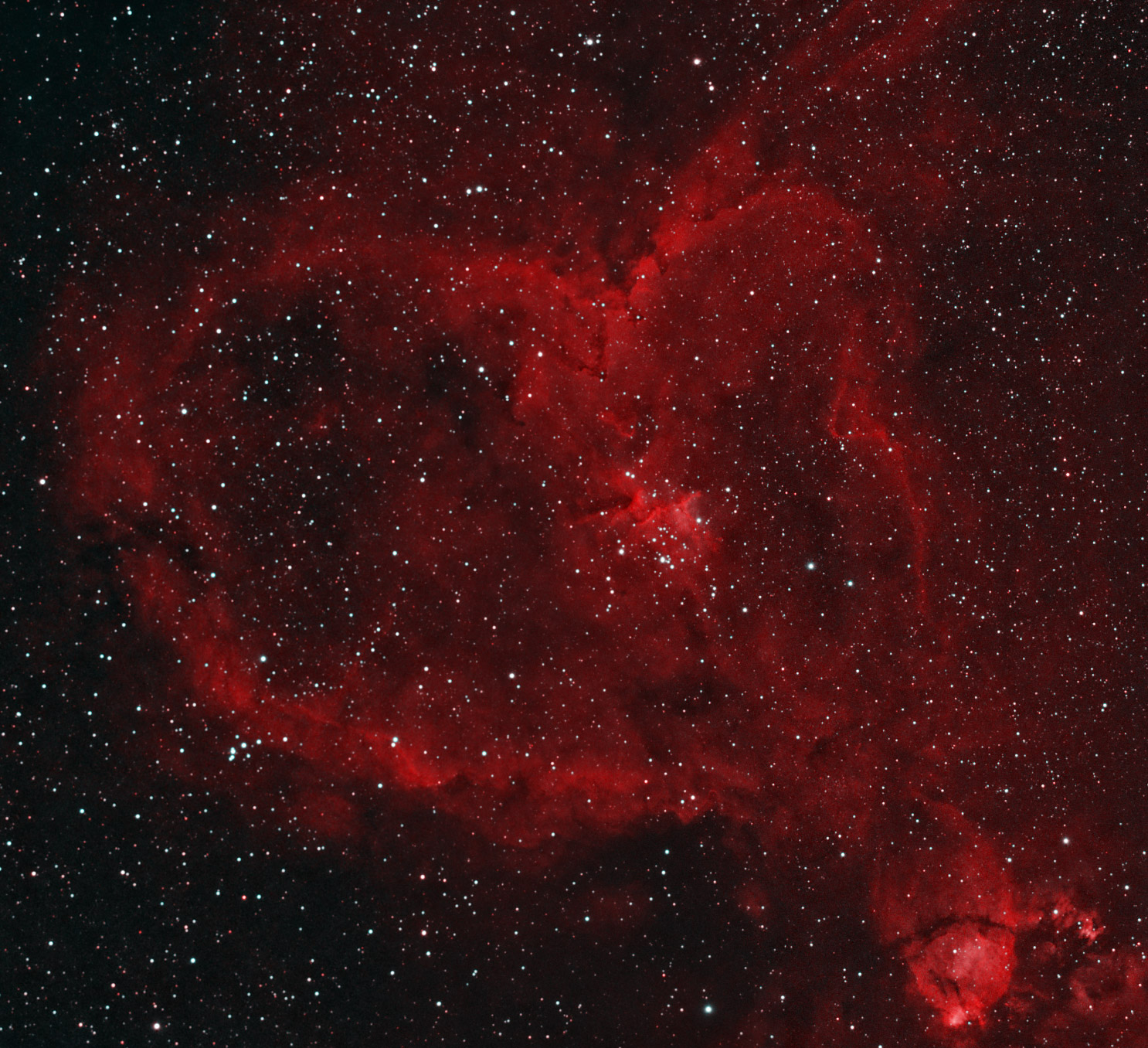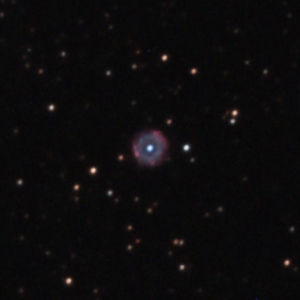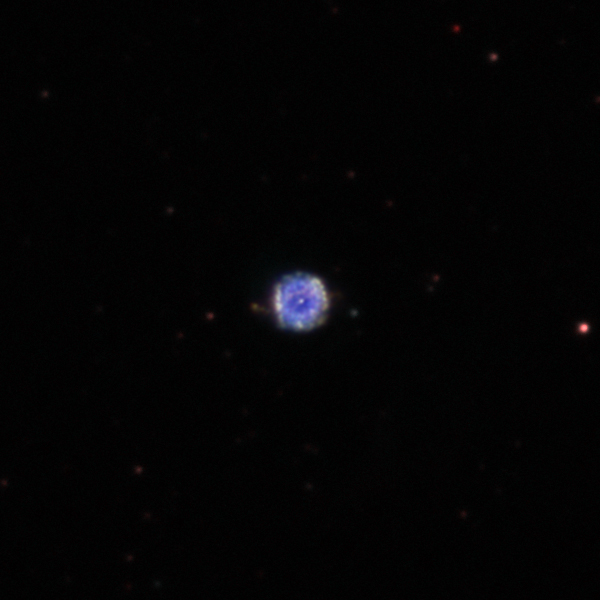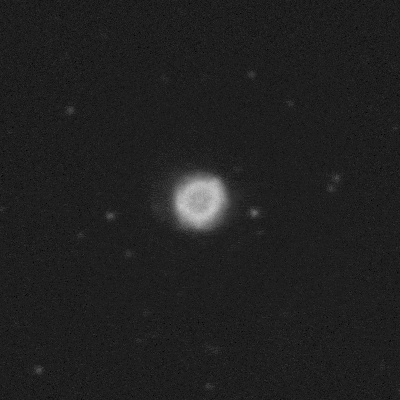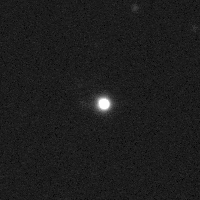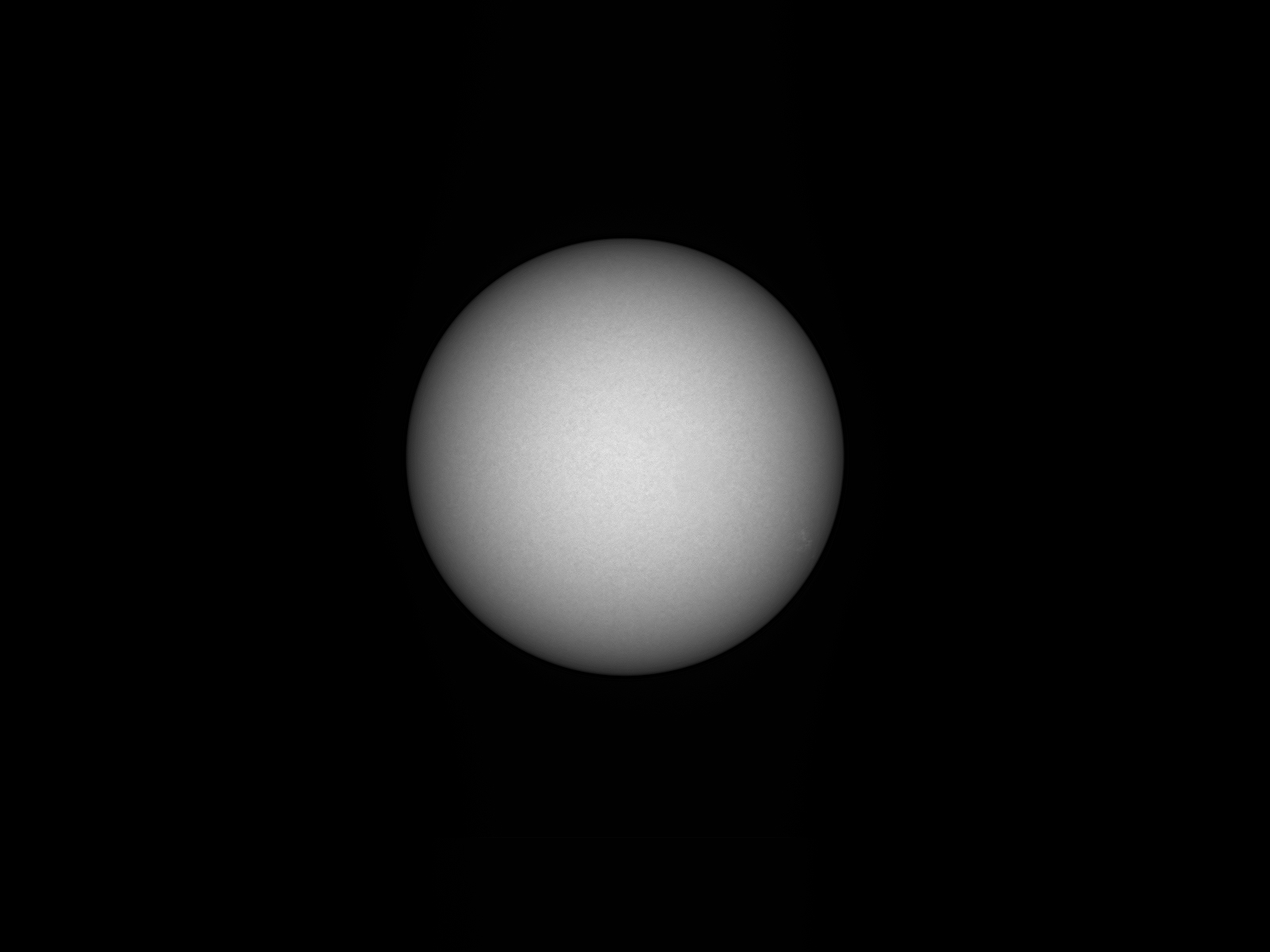 |
| Sun white light filter 2-4-2017 |
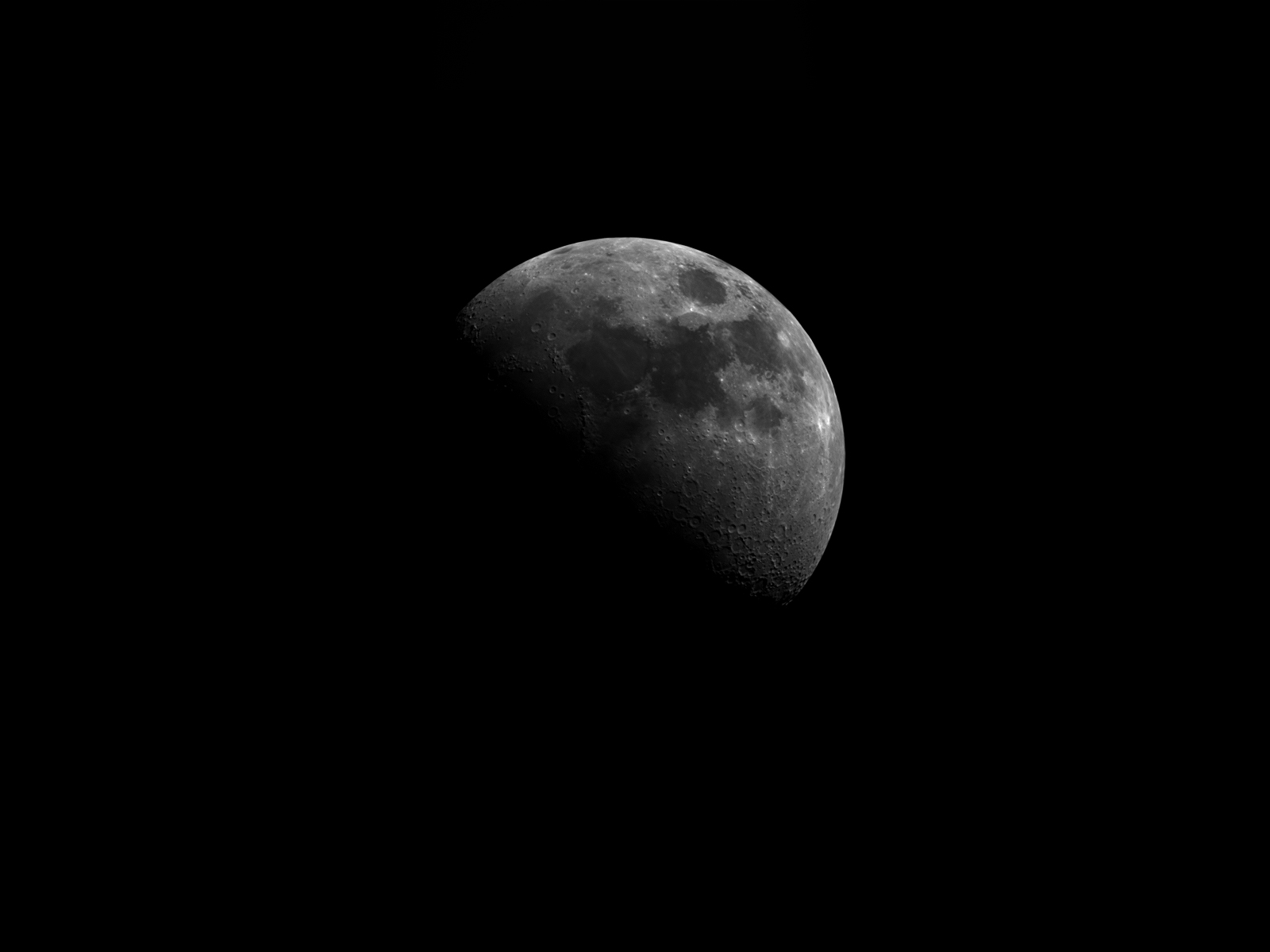 |
| Moon 2-4-2017 |
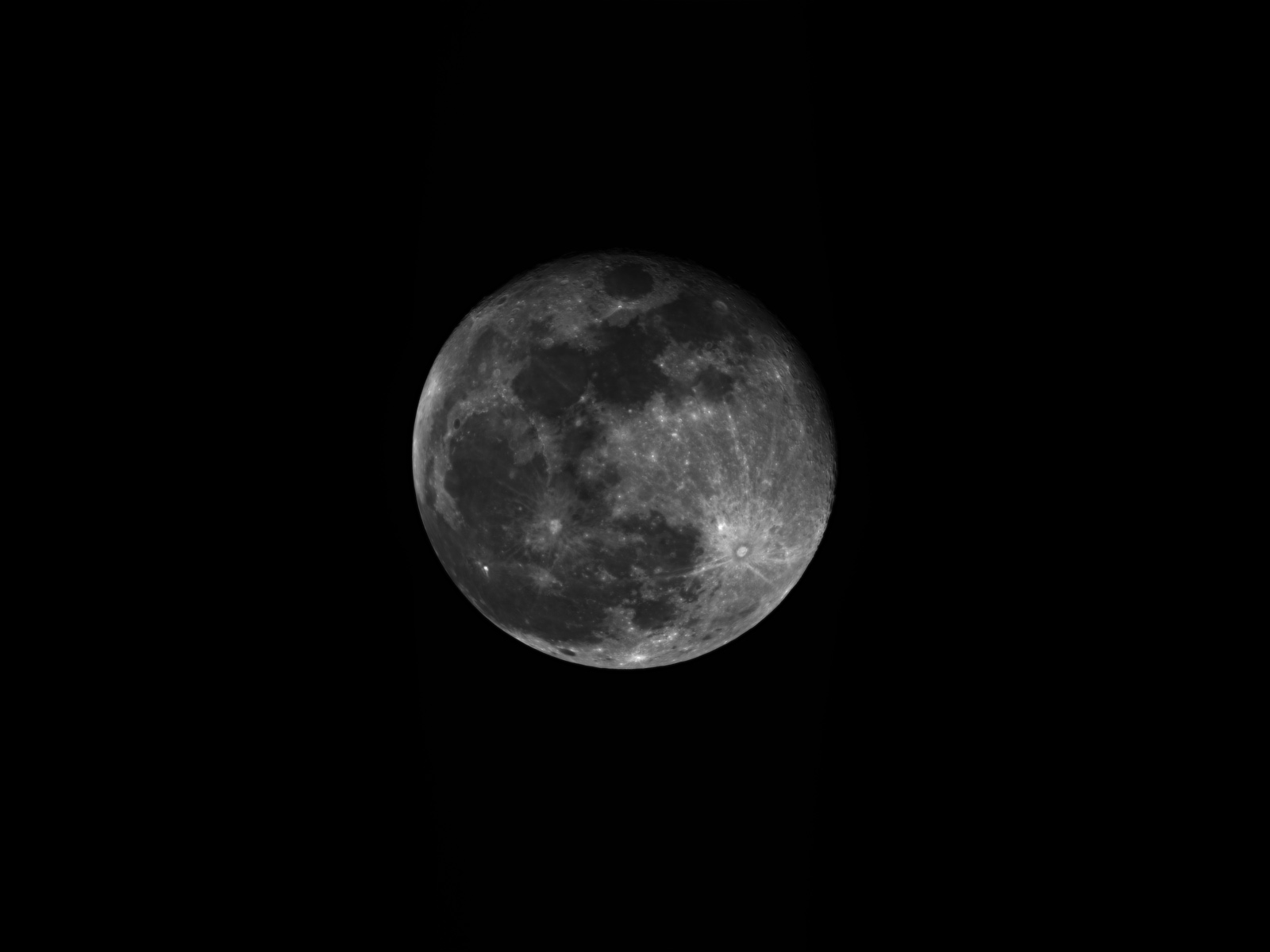 |
| Moon 2-12-2017 |
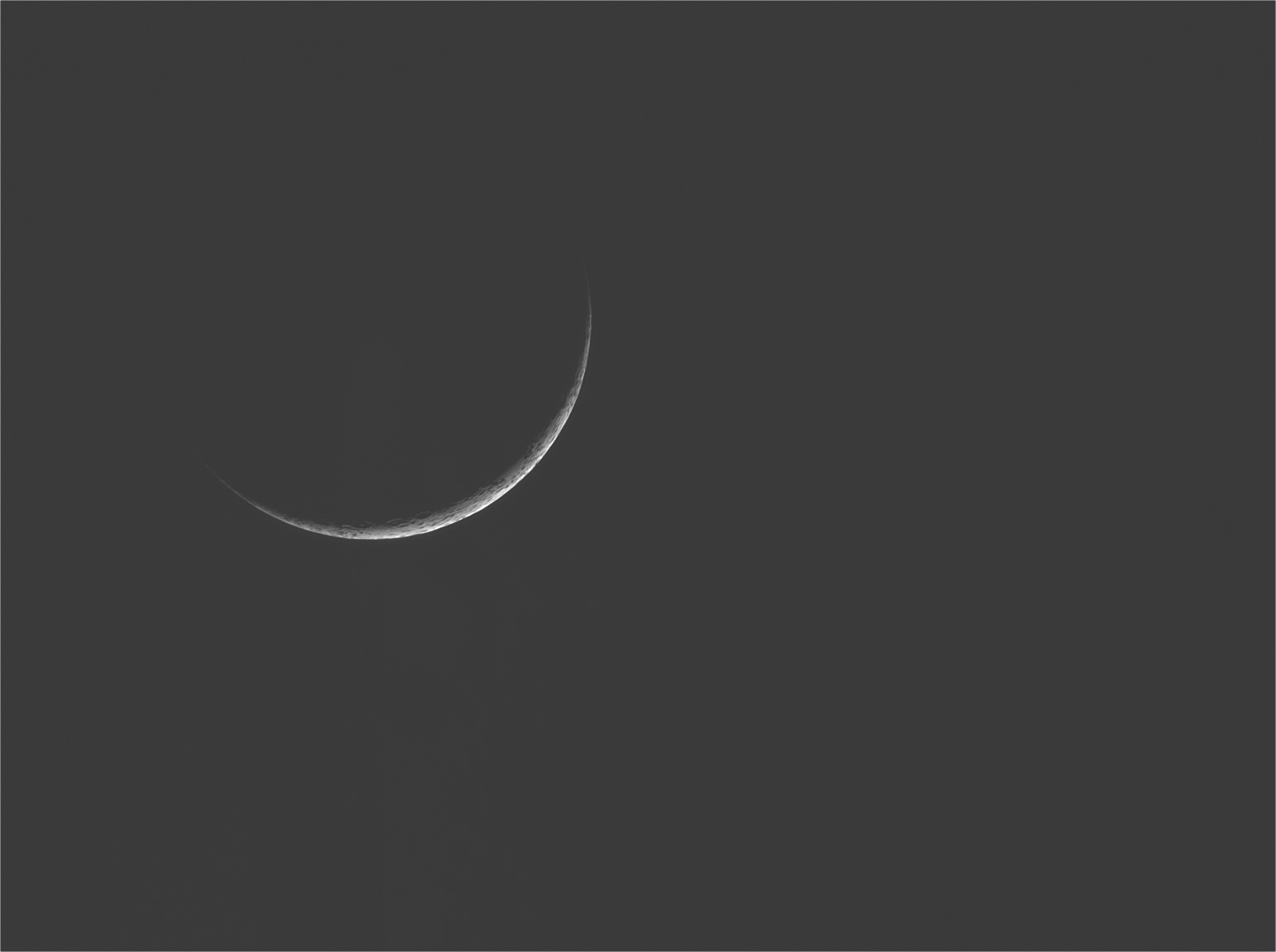 |
| Moon at twilight 1-30-2017 grey scale |
Just for fun, i decided to simulate an eclipse with the images.
I selected the image closest to full and superimposed it on the solar image.
To my chagrin, the moon did not totally cover the sun--that whole perigee apogee thing--I'd created an annular eclipse.
so i had to use an image from another day when the moon was closer to the earth and large enough to completely cover the sun.
Here's the comparison illustrating variation in the apparent size of the moon during its orbit around the earth:
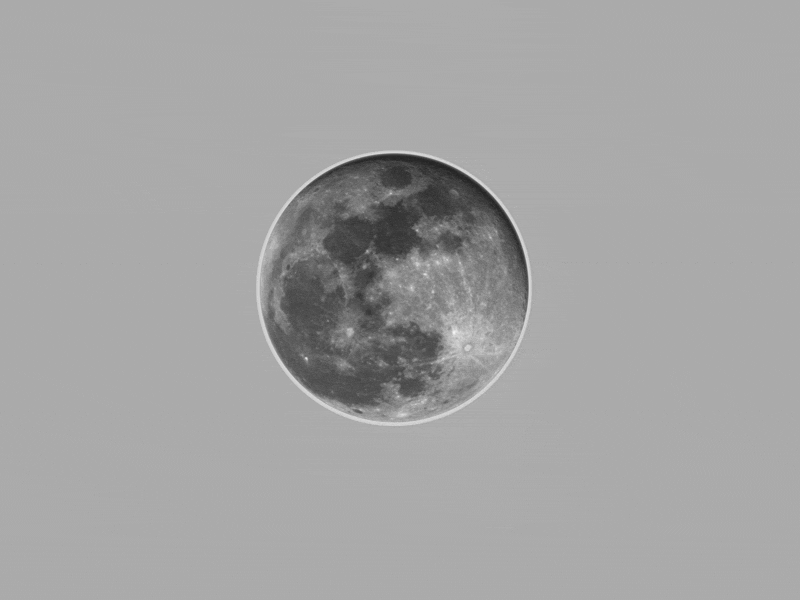 |
| Lunar images superimposed on solar |
Technical notes:
decided to go with my widest field webcam and shortest focal length scope with a web cam, DMK 51 and the tiny tak, Takahashi FS-60C, 60 mm aperture at f/4.2 with a reducer. The field of view is approximately 96x72 arc minutes. Each image is a one minute video capture at approximately 12 fps, aligned in autostakkert, wavelets in registax.
